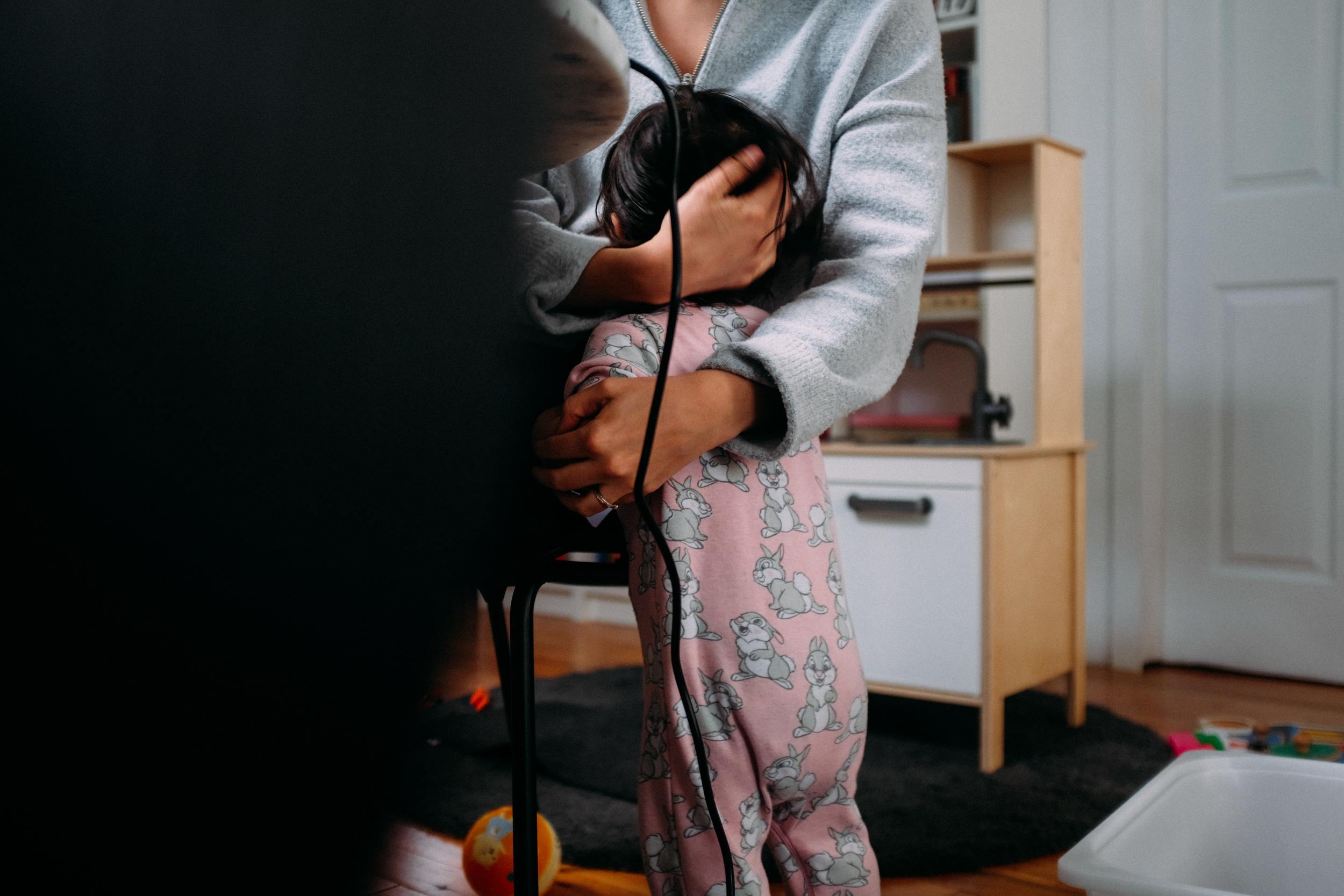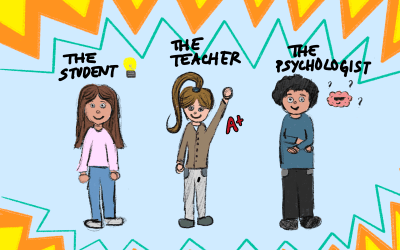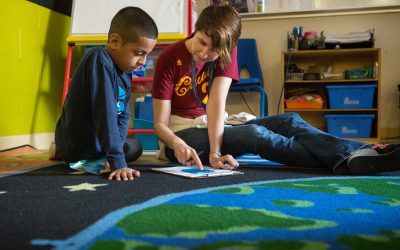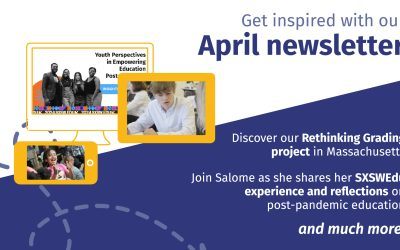reDesign is a woman-led organization with feminist values that strives to support women in the workplace as part of a set of operational commitments to our team. In our broader society, competing societal priorities make it challenging for working women to navigate daily life, maintain their well-being, and grow in their careers. Educational organizations have a role to play in:
- Creating operational structures that counteract those challenges within a female-dominated field
- Designing learning communities that amplify and support women’s perspectives, contributions, and needs
- Equipping learners with the skills to critically examine social norms, center women’s experiences within inequitable power structures, think beyond gender binaries or stereotypes, and drive future change
reDesign’s organizational structure and operations are women-led and feminist in nature, with the goal of supporting and enhancing women’s lives within our workplace. In reDesign’s community agreements, we commit to “kindness in action”, amplifying underrepresented voices, inviting multiple perspectives, making space for learning from feedback, and even ensuring that remote work structures are respectful of team members’ time and enable smooth collaboration. One of our most central commitments is to continually revisit our own values in relation to our internal and external social impact, which takes sustained effort and adjustment.
As I dug into discussing how these values feed into our work and our intended outcomes, our Director of Design Vicky Kim brought forward that, “At reDesign, we believe that if we build structures & practices that work for women, they will work for everyone. For example, designing a program schedule that works for professionals who are also primary caretakers (of children, parents, community members) should result in a schedule that non-primary caretakers can use too.” And, within our team, this means that across the board, “We are committed to knowing each other on a human level and our community agreements outline specific ways we strive to foster care, support, and belonging through transparency, reflection, and communication”.
All of this had me in a reflective early autumn mood about the ways in which the communities in which we work, live, and learn alternately enhance or detract from that vision. We’re well into back-to-school mode here in California, and with the energy of new academic beginnings comes a fresh set of pickups and dropoffs to squeeze into the day, along with behind-the-scenes logistics for parents to coordinate. I unequivocally love the start of school, and I recognize and acknowledge that the advantages afforded by my racial, socio-economic, and citizenship status have cleared the pathway to a relatively rosy scenario for raising and educating children. I can count on a flexible, understanding job environment (thanks, reDesign!), a spouse who does more than his share, financial and material resources, and the talents of all-star teachers in well-funded schools. I have reliable transportation and health care, academic credentials, and speak the dominant language. My daughters have every Silicon Valley privilege imaginable, down to the coding classes and organic vegetables.
Yet, each school year, I find myself in a familiar-feeling scramble – “How will I keep a sea of competing responsibilities afloat, as I navigate a mixed bag of broader societal structures, some of which uplift me, and some of which were never designed to support working women in the first place?” And, I wonder, “How can we proactively design learning communities that better confront and address those modern-day realities?
Difficulty by Design, and the Possibility of Ease
Endless think pieces have been written about the plight of modern parenting, and in particular, the modern-day mother, who must try to have it all while being told that no, she actually can’t achieve that. Our country’s lack of support for the unpaid labor that kids require – regardless of common limitations like career demands and a lack of nearby, affordable child care – is an obvious reflection of distinctly American values. The United States has historically prioritized a “pull yourself up by your bootstraps” notion of independence and mobility, and reinforced systems of power that benefit some, but not all, citizens. The message is something like, “Suck it up, ladies” – and it’s significantly amplified for those with less privilege than I hold.
In contrast, community-driven and socially-minded countries have designed their infrastructures in ways that reflect differing cultural and political values. I’ll never forget the trip my family took to Iceland when my oldest was one and a half. From the instant we stepped onto the plane, the shift was palpable. Our Icelandic flight attendants enthusiastically greeted her with a fleece backpack that could transform into a superhero cape and a blanket. They checked on her frequently, not to ensure that she wouldn’t disturb the other passengers, but to ensure that she was comfortable. Upon landing, an airport staffer rolled over a loaner stroller that I could use to get from the gate to baggage. Peaceful nursing rooms were abundant. The food court seating cleverly surrounded a play structure so parents could throw back nourishment while their children burned off energy. I rarely encountered a restaurant without a changing table. Folks, our AirbnB host bought a travel crib and stocked the fridge with groceries to make our arrival smoother! The temperature was cold, but the vibes were 100% warm and welcoming.
Of course, there were big policy and design decisions made over decades that led to this relative utopia. And even utopia has its shortcomings – sometimes major ones, that reflect failures of inclusion, representation and equality. But really, my Icelandic dream trip embodied a series of small, cumulative, daily behaviors within a societal framework with a collective spirit and overtly family-forward and child-centered principles. In contrast, here in the U.S., I’ve had to create my own village as a matter of survival, employing coping mechanisms like carpool arrangements, meal prep shortcuts, and meetings conducted in transit.

Design Features That Undo, Repair, and Amplify
Our work at reDesign includes unpacking the structural features of traditional social systems, with a focus on schools. Some schooling structures limit the potential for rigorous, learner-centered growth and opportunities for connection within communities – prompting us to eliminate or counteract features of the system that were built to exclude and marginalize the majority of its participants. And, other examples of school design enhance challenging, relevant learning, and point us towards deliberate pathways for helping young people thrive in modern society, rather than just survive. But what does it mean to design for specific aspects of equity – for instance, to amplify feminist values as part of building robust education communities that meaningfully support and unite K-12 educators, learners and their families?
At times, it looks like creating curriculum materials that highlight a range of gender identities and family structures and give weight to the complexity of women’s experiences – both joyful and challenging ones, as parents or otherwise. Or, it can include building relevant competencies by having learners recognize and practice the skills needed to critically examine societal norms and explore alternative possibilities and perspectives. For instance, the pieces of our whole-child competencies that address how learners can “create a more just world” are aimed at developing the explicit skills and strategies needed for a young person to “examine enduring problems” and “take action to improve my community and the world”. And, competency-based curriculum resources like our unit on “The Power of Me” incorporate attention to identity development and the ways in which learners can play an active role in re-constructing community policies.
Other times, it may be about influencing change through leadership development that considers how to reduce barriers to community collaboration and support for each other. In our professional learning sessions, we are also conscious of the responsibility we share to elevate a typically female-dominated profession that so often gets devalued, with little autonomy or say in how education reforms should be enacted.
While we have more work to do in advancing these pathways for change, we’re striving to determine how our feminist and anti-racist values can show up as intentional features of our design work and mission-driven frameworks for disrupting traditional ways of thinking about school design or engaging in learning. In many ways, reDesign’s organizational operations are another opportunity to build and iterate an internal model of how a learning community can take on those priorities.
How is your education system creating learning experiences that intentionally support the diverse identities, perspectives, contributions, and needs of your community’s children, women and their families? What do those design decisions look like in your own context?
Join the community!
Sign up to receive our newsletter, access best-of educational resources, and stay in the know on upcoming events and learning opportunities. We hope to see you soon!




